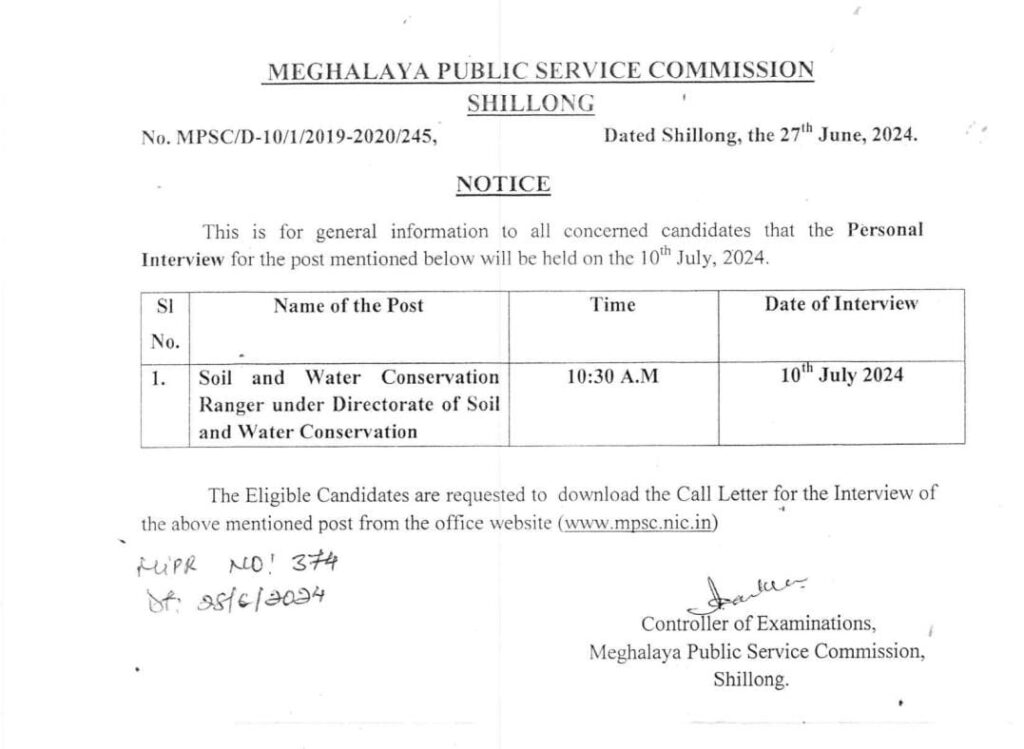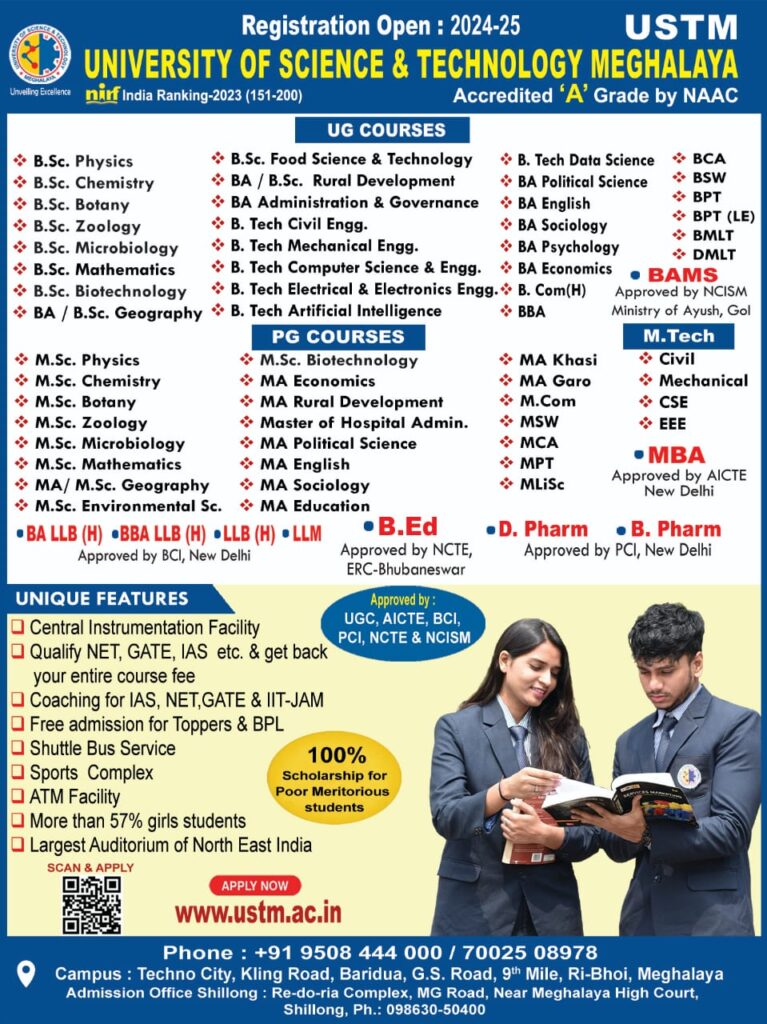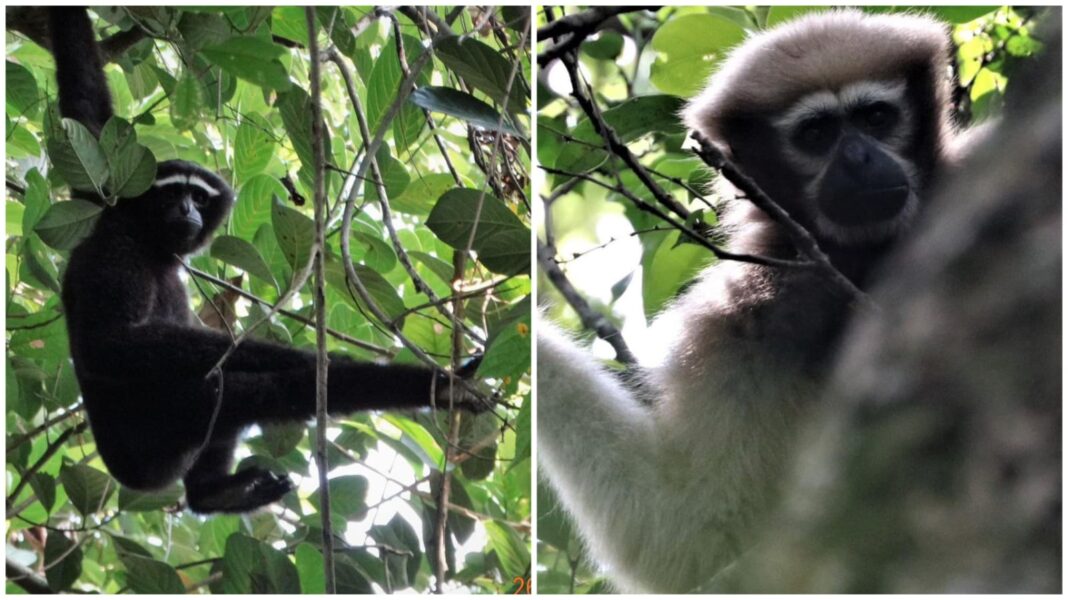Guwahati, June 29: Wildlife experts have said the relocation of Hoolock Gibbons from a rescue centre to a zoo involves a complex process that requires careful planning and consideration of multiple factors to ensure the well-being of the animals.
They also said there needs to be concerted effort to ensure that gibbons are not taken from the wild as pets, and hence the need for ‘rescue’ is ameliorated.
Meghalaya government’s proposed decision to relocate hoolock gibbons from the Sonja Wildlife Rescue Centre to the Meghalaya Zoo has led to uproar from organisations opposing the move.

Even the Sonja Wildlife Rescue Centre in Silsotchigre, which is around 35 kms from Tura, from where the hoolock gibbons are to proposed to be relocated to Meghalaya State Zoo have opposed the move saying it goes against all national and international wildlife laws.
“The forest department of Meghalaya needs to fill up an empty Zoo. They have not much to show to the public and no successful rescue whatsoever. So, the brilliant idea is to get the rescued Gibbons presently under our care to exhibit them in Umtrew partly, and to use 4 of them as an exchange token with Lucknow Zoo and Guwahati Zoo. This is even worse actually,” HURO Programme Founder and Director, Florian Magne, told Hub News.

“We strongly oppose the move. Because it goes against all national and international wildlife laws, because it is sending to Gibbons we are caring for to a “certain death”, and because it will destroy the only Indian project for the species” Florian added. The Centre is near Chinabat in East Garo Hills.
Florian Magne, who is from France, has been working in Meghalaya since 2007. He said 16 Gibbons have been rescued since 2009.
HURO was created in 2007 and the Sonja Wildlife Rescue Centre, along with the free school, named Sonja Wildlife Conservation Medium English Schools, were both created in 2009.

Right now, the Sonja Wildlife Rescue Centre takes care of the world’s largest rescued population of Western Hoolock Gibbon, with 10 individuals; all of them candidate for future release back to the wild.
“Till date HURO released 3 Gibbons back to the wild, with the last release of a male in 2019 leading to a wild birth of a baby the following year,” he said, adding the gibbons have been rescued as pets.
Dr. Divya Vasudev, Senior Scientist, Conservation Initiatives, who has done research on gibbons in Meghalaya said the gibbons in question have been ‘rescued’, many of them taken from the wild as pets, mostly due to a lack of awareness about the illegality of taking a Schedule I species from the wild, and from a lack of understanding about negative impacts of such acts on gibbon populations.

“Most importantly, there needs to be concerted effort to ensure that gibbons are not taken from the wild as pets, and hence the need for ‘rescue’ is ameliorated. Such awareness can come through programs held by the Forest Department and NGOs, and the Forest Department should strictly ensure that gibbons are not taken from the wild into captivity,” she said.
Dilip Chetry, a primatologist with Aaranyak, a biodiversity conservation society of Northeast, said relocating gibbons from a rescue centre to a zoo involves a complex process that requires careful planning and consideration of multiple factors to ensure the well-being of the animals.
“The authorities should employ gradual and controlled introduction procedures to integrate the gibbons into their new social group,” he said.

He said key issues that need to be addressed include: Health and Medical Assessment, Behavioural and Psychological Considerations, Transport Logistics, Habitat and Enclosure, Legal and Ethical Considerations, Post-Relocation Monitoring, Staff Training and Preparedness, Communication and Collaboration.
“By addressing these issues comprehensively, the relocation of gibbons from a rescue centre to a zoo can be managed effectively, ensuring the health, welfare, and successful adaptation of the animals to their new environment,” Chetry said.
An expert said: “Gibbons should not be captured from the wild under any circumstances. We should increase awareness to ensure gibbons are not kept as pets in people’s homes. Overall, reiterating, gibbon capture from the wild should be strictly disallowed.”

Another expert said: “Gibbons, if at all kept in captivity, should be in an accredited facility, following the norms set by law. For us, that is Central Zoo Authority accreditation.”
“We need to further aspire to standards of captivity followed globally – where zoos not only take care of animal welfare concerns, but also put more concerted effort into increasing awareness and support for species conservation, and in some places even support (financially) conservation,” the expert said.
The Tura Garo Senior Citizens Forum is also against the move for shifting of these endangered species from Garo Hills region and requested to halt shifting of any of the animals from the Rescue Centre.
“The requisite conditions of the Central Zoo Authority while dealing with the acquisition/transfer of the gibbons by the zoos, may have been fulfilled in many counts but the habitat and climatic conditions may hardly be suitable for the said hoolocks, if they are shifted to other regions. So, the move to shift the animals has to be put off henceforth,” the forum said.

It further said the Garos have been holding the animal species (hoolock) in high regard since the time of their ancestors; so the animal is one of the heritages and treasures of the Garos, the inhabitants of the land of ancestors. “Every individual species of animals of this region must be preserved as they will influence and have interdependent relationships with other species of the region,” the forum added.
GOVERNMENT’S VIEW:
As regards the proposed transfer of Hoolock Gibbons, the state government had clarified that the Sonja Wildlife Rescue Centre, which has been functioning for long time, is not a natural forest habitat but only a rescue centre which does not have an approval/recognition from the CZA (Central Zoo Authority), and has been keeping these animals in its facility which is not adequate as per CZA norms.
“Moreover, as the animals have been in those conditions in the rescue centre and under human care for long time, they cannot be successfully rehabilitated and reintroduced into their natural forest habitat. In short, the facilities in the Zoo at Umtrew are technically approved/recognized by CZA whereas Sonja Wildlife Rescue Centre is not approved/recognized by CZA and the notion that Gibbons are in their natural habitat right now at the Sonja Wildlife Rescue Centre is completely false,” the government had said.
The government said it is in this backdrop, the Central Zoo Authority (CZA) had proposed to the State for transfer of Gibbons from the Sonja Wildlife Rescue Centre to different recognized zoos which had necessary housing facilities for the species.
Read: Assam Congress opposes reappointment of retired IFS officer MK Yadava as Special Chief Secretary
WATCH:
Find latest news from every corner of Northeast India at hubnetwork.in, your online source for breaking news, video coverage.
Also, Follow us on-
Twitter-twitter.com/nemediahub
Youtube channel- www.youtube.com/@NortheastMediaHub2020
Instagram- www.instagram.com/ne_media_hub





